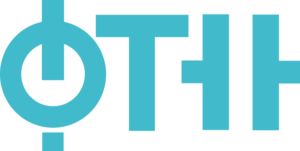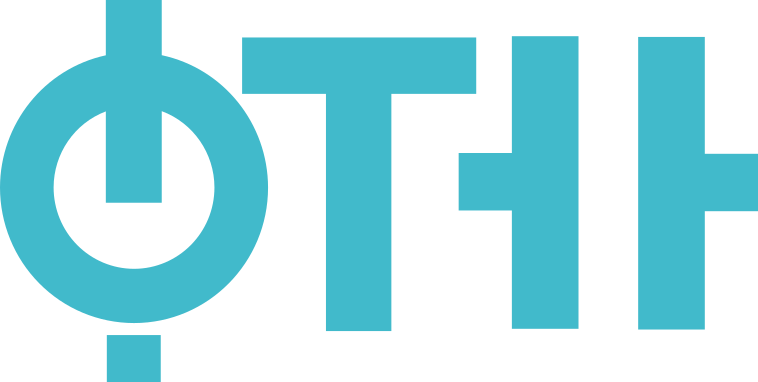Subject: Methods and Software Tools in Collaborative Engineering (17.SM1 )
Native organizations units: Department of Production Engineering, Chair of Computer Aided Technological Systems and Design
Study programmes of the course:
| Type of studies | Title |
|---|---|
| Master Academic Studies | Production Engineering (Year: 1, Semester: Winter) |
| Category | Professional-applicative |
| Scientific or art field | Technological Processes, Techno-Economic Optimization and Virtual Design |
| ECTS | 6 |
The basic aim is introduction to the concept and principles of application of methods and software tools in collaborative design. Also, the aim is knowledge acquiring in the field of collaborative engineering in the conditions of application of internet/intranet technologies in distributed design and manufacturing.
Introduction to modern approach in production engineering by application of collaborative design concept. Possibilities and methods of WEB-based collaborative design. within distributive manufacturing systems. Introduction to modern software tools and systems for collaborative design.
Collaborative design approach. Collaborative design environments. Collaborative product development systems. Aspects of distribution and collaboration. Synchronous and asynchronous communication. Collaborative design functions. Collaboration based on visualization. Co-design collaboration. Hierarchical (CE-based) collaboration. Collaborative systems based on visualization. Efficient 3D visualization of objects in web applications. Co-design collaborative systems. Architecture of co-design collaborative systems. Coordination and management of collaborative design processes. Hierarchical (CE-based) collaborative systems. Hierarchical collaborative environment. Mechanisms for system integration. Data-centric integration. Service-centric integration. Software tools for collaborative engineering. Cloud-based collaboration.
Lectures are realized in the form of lectures, computer practical classes and consultations. During lectures theoretical part is presented with appropriate practical examples. During computer practical classes students are taouth to use methods and software tools in the field of the subject content. Apart from that regular consultations are held for the purpose of clarification of subject content and help elaboration of project and seminar paper.
| Authors | Title | Year | Publisher | Language |
|---|---|---|---|---|
| 2009 | English | |||
| 2008 | English | |||
| 2008 | English | |||
| 2004 | English | |||
| 2006 | English | |||
| 2003 | English | |||
| 2008 | English |
| Course activity | Pre-examination | Obligations | Number of points |
|---|---|---|---|
| Lecture attendance | Yes | Yes | 5.00 |
| Coloquium exam | No | Yes | 20.00 |
| Computer exercise attendance | Yes | Yes | 5.00 |
| Project | Yes | Yes | 30.00 |
| Coloquium exam | No | Yes | 20.00 |
| Term paper | Yes | Yes | 20.00 |
Prof. Milošević Mijodrag
Full Professor
Lectures
Prof. Milošević Mijodrag
Full Professor
Computational classes
Faculty of Technical Sciences

© 2024. Faculty of Technical Sciences.
Contact:
Address: Trg Dositeja Obradovića 6, 21102 Novi Sad
© 2024. Faculty of Technical Sciences.



